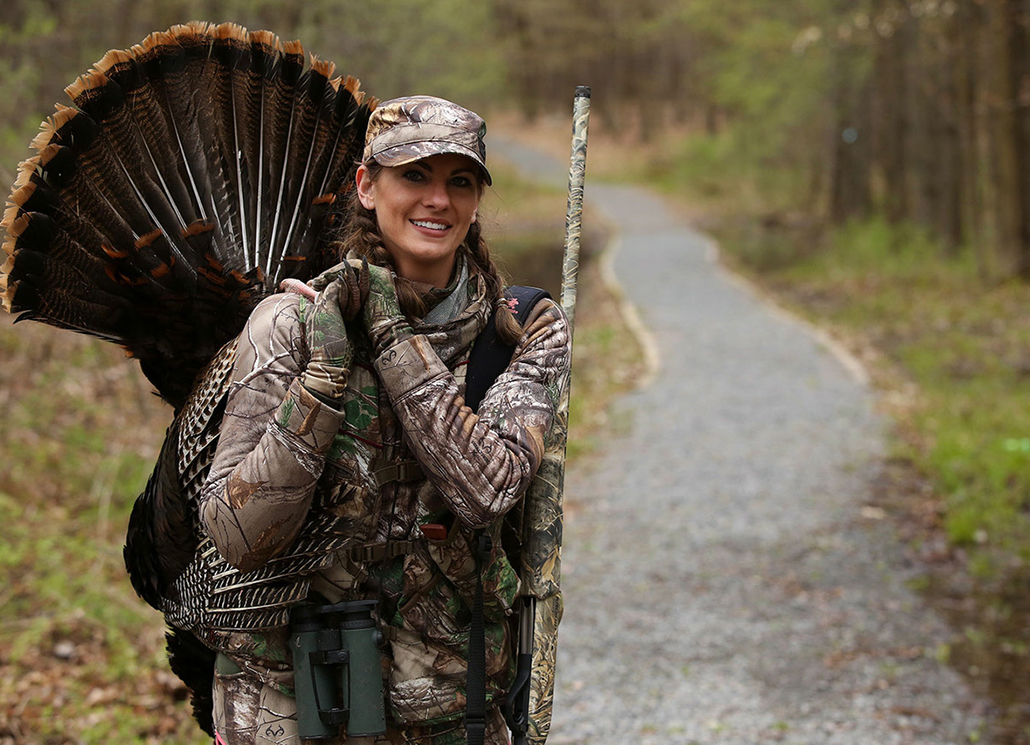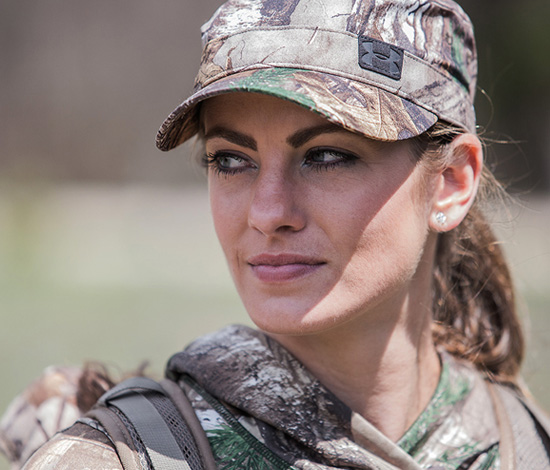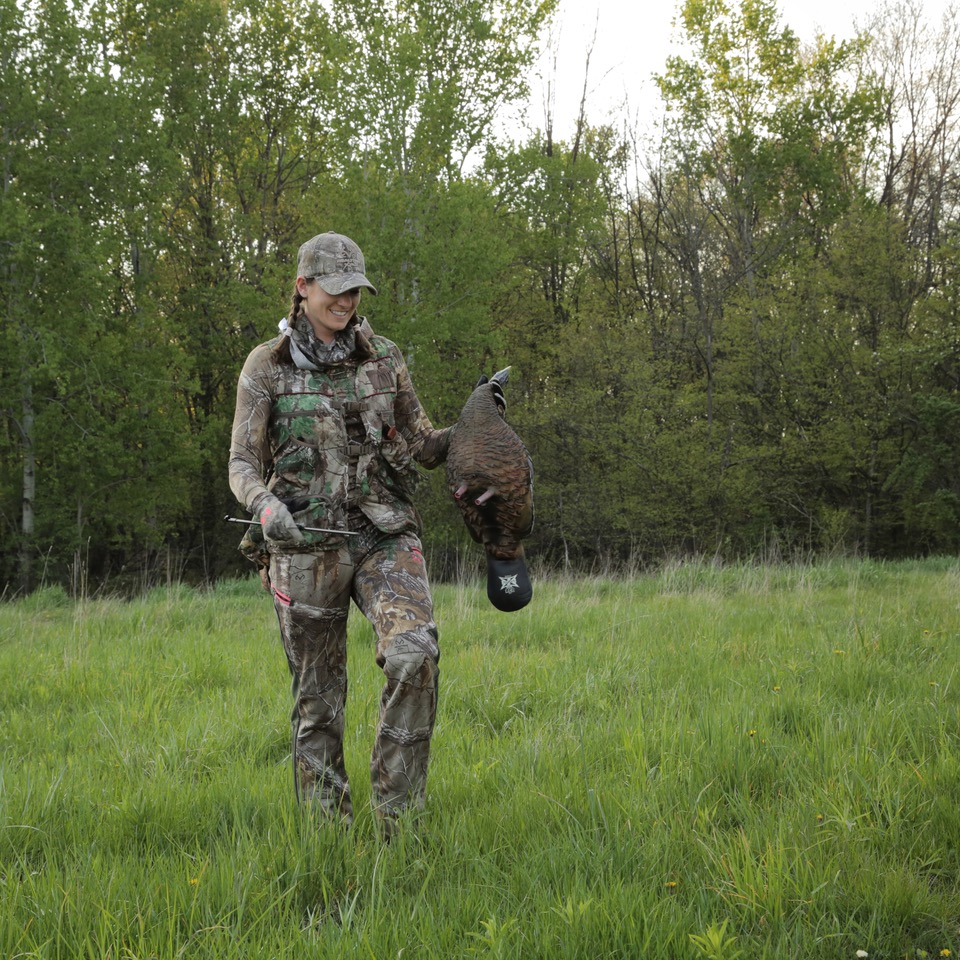The ABC's of Turkey Hunting
Turkey season is here! In my opinion, it is one of the most exciting forms of hunting. The interaction between hunter and turkey keeps the hunt engaging and fun.
If you haven’t hunted for turkeys yet or are a beginner, you have come to the right place. However, I must warn you…once you hunt for turkeys you will be hooked! Hunting wild turkey may look easy on TV shows but it is no easy feat to get an gobbler to follow your plan. From gobblers running to your setup right off the roost, or struggling to get that big gobbler to commit to coming into gun range…each hunt is different and comes with its own set of excitement and challenges.

Here are a few of the basics that you need to know before heading into the woods and prairies this spring.
First let’s cover gear. Having proper equipment is a must. You wouldn’t and shouldn’t hike a mountain without first having the proper gear. The same holds true with turkey hunting.
Ammunition
For deadly patterns and plenty of knockdown power I personally use Winchester Long Beard XR 3” #5 shot. However, it is very important to pattern your shotgun with the ammunition you plan to use before heading out to the field. Every shotgun shoots differently. So, you want to shoot what works best for you, not what works best for someone else. Some hunters will prefer #6 shot or #4, however #5 seems to be the shot size of choice.
Choke
Having the proper choke is key when hunting turkeys especially if you want to reach them at longer distances. Using an extra full turkey choke will keep your patterns deadly at close range and further out. One of the main reasons I pattern my gun every spring before the season (and you should too), is so I can get comfortable with my gun again, but to also try it with different chokes. I want to shoot the gun with modified, full and a couple of the more customized turkey chokes to see what the best pattern is at different distances. I find is useful to spend a good afternoon at the range before the season.
Shotgun
A 12 gauge shotgun with a smooth bore is the standard turkey gun, however 20 gauges are also highly popular especially for youth. So, why not give them both a try at the range.
Shot placement
You will often hear turkey hunters say “aim for their head.” This is because unless you like biting down on pellets at the dinner table, you want to take head shots. As a gobbler comes into range try to wait for him to pop his head up before squeezing the trigger. Personally, I always like to aim at the neck where the red meets brown
Now that you have the proper tools and shot placement you must know how to find them and bring them in!
Scouting
The most successful hunts begin with scouting. You should begin scouting in the preseason. Locate where turkeys hang out and where they like to roost. As they say “a roosted turkey is a roasted turkey.” However, that is not always the case. If you can roost a gobbler the night before your chances of success the next morning will go up. Too, I like to pattern birds. Turkey are habitual creatures- unless something throws them off kilter, the do pretty much the same thing each and every day. So, learn their patterns and your odds of bagging ‘ol tom will really increase.
Turkey Calls
If you are not sure what a turkey sounds like, the Internet is a great place to start. Listen to various recordings of wild turkey and also listen to the pros call. They will give you some great tips to get you on your way to calling in that big boss gobbler! Don’t be discouraged if you don’t sound like a pro when you first start calling - we are not all naturals so practice, practice and practice. There are a variety of different calls on the market today all with the ability to bring in birds. Some of the most popular styles are the box, slate and diaphragm call. Before walking into a store and picking up the first call you see, I recommend watching videos to learn how each one is used and then make your decision based on which style would suit you best. Many sporting goods stores have small calls to try out, so give ‘em a try before you buy.
Decoys
Although not necessary, decoys can aid you in bringing that gobbler into shooting range. Popular setups are a hen with a jake, or using a gobbler fan from a previous year to fan in a turkey! (If you are fanning in turkeys be sure to know if other hunters are in the area, as you don’t want another hunter mistaking you for a turkey - especially on public land).
Lastly, you should know what to wear.
Concealment
If you began as a deer hunter you know that scent is a huge issue. Luckily when hunting turkeys, you don’t need to worry about what you smell like. But what you do need to worry about is how well you blend in. You want to be dressed in camouflage from head to toe, including your face and hands. Choose a camouflage that blends in with the season. If it is early spring and not all green yet, go with a brown tone. If it is late season and everything is green, go with camouflage that features more green. Most importantly, be sure to stay still. Turkey have very good eyesight and can pick you out quickly if you are fidgeting.
Turkey Vest
For me, one of the most important things I wear into the woods is a good turkey vest. You want to look for one that fits you comfortably, holds your calls, and has a great seat cushion for when you are sitting up against a tree.
I hope this list will give you a good understanding of where to start if you are a beginner heading to the turkey woods this spring. As always be safe and shoot straight!





